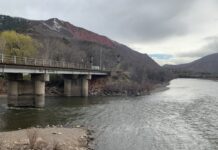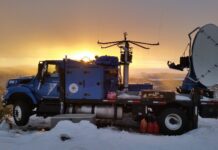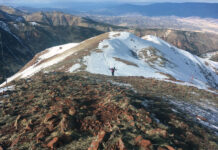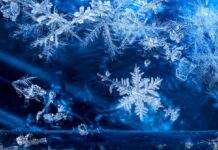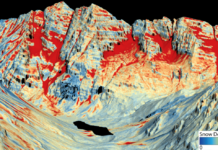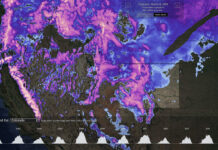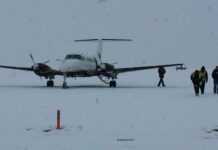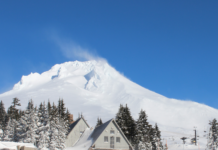Streamflow forecast down for Roaring Fork despite above-normal snowpack
Although snowpack in the mountains near Aspen is hovering above normal for this time of year, streamflows in the Roaring Fork River are predicted to be just 85% of normal for April.
One year later: What the March 2019 avalanche cycle hints at on climate change
In studying what led to this historic avalanche cycle, snow scientists are identifying some elements — such as warmer temperatures, wetter air and snow, and more-intense storms — that are consistent with a warming climate.
Cloud seeding study validates ski industry staple
Cloud seeding disperses dust-sized silver iodide particles into clouds so that ice crystals can form on those particles and fall to the ground as snow.
Degrees of warming: Rising temperatures, shorter winters and a declining snowpack are impacting Aspen’s...
Pitkin County is warming, the number of frost-free days is increasing and snowpack is declining—all of which have myriad impacts on life in the Aspen area.
5 essential reads about snow and ice
With winter underway, learn more about the science behind ice and snow.
Photos: Colorado River headwaters flight, October 2019
This photo gallery features images shot during a Lighthawk flight to the Colorado River headwaters and surrounding areas.
The flight began at Rocky Mountain Metropolitan Airport in Broomfield, proceeded...
Aspen joins water managers using new technologies to map mountain snowpack, predict streamflows
As a changing climate renders streamflow predictions less accurate, water managers are turning to new technologies for a clearer picture of what’s happening in their basin’s snowpack.
Data viz: explore our interactive dashboards for drought, precipitation and snowpack
These maps and visualizations let you interact with vital data on our water supply.
Does cloud seeding work? Scientists watch ice crystals grow inside clouds to find out
Cloud seeding occurs in more than 50 countries, but we still don’t know whether it works.
Climate change will mean more multiyear snow droughts in the West
Ifclimate change continues relatively unabated, consecutive years with snow drought conditions will become much more common, with impacts on cities, agriculture, forests, wildlife and winter sports.



